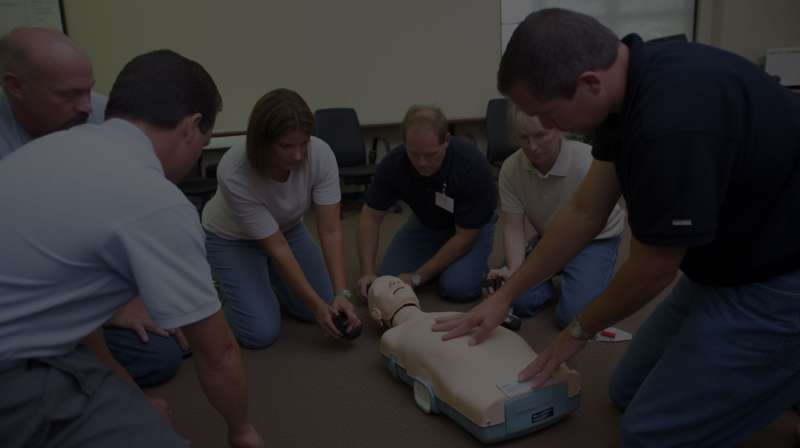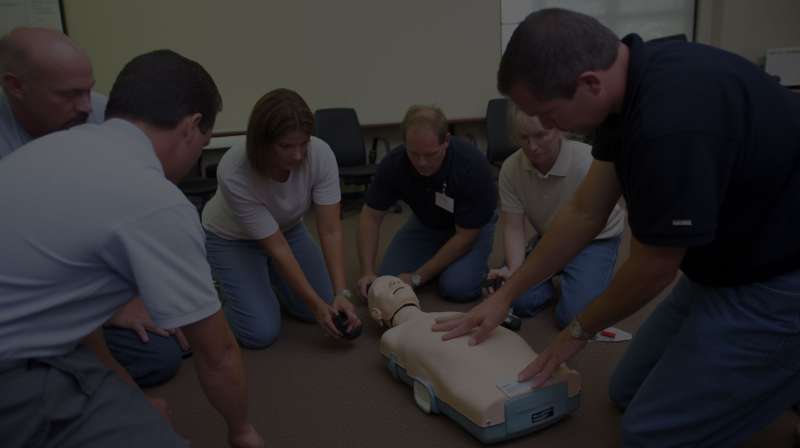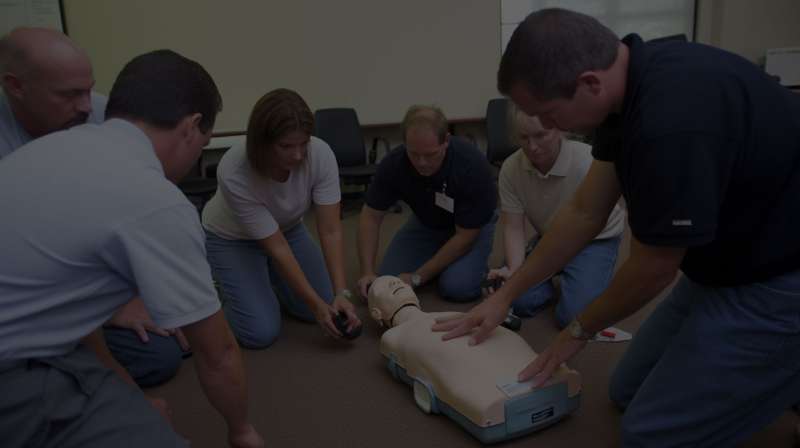Currently, accidents and unexpected events can happen at any time. Although our First Aid Training Bangkok provides extensive training and practice to many participants, unforeseen events can still occur. Therefore, we believe there are still many people who have not received CPR & basic first aid training, due to lack of time, experience, or opportunity to join leading first aid training organizations. Hence, we want to use this article as a comprehensive resource so that everyone encountering unexpected events can safely handle them to potentially save many lives.
Essentials for Basic First Aid
When people think of CPR or first aid, many may hesitate or mistakenly believe it should only be handled by professionals or medical personnel. However, with urban populations increasing continuously, delays in emergency services reaching the scene can have critical consequences every second lost or waiting counts. Therefore, the basics skills are something everyone should be trained in—for ourselves, for those around us, and for our loved ones.
Basic First Aid Training Procedures
Unexpected events can range from cleaning wounds, controlling bleeding, to using a defibrillator to aid an unresponsive non breathing person or a person in cardiac arrest. Therefore, these are the steps you should follow:
Assess the scene for safety.
Assess the injured or ill person for responsiveness asking them, “are you ok, can I help you?”. At the same time looking for signs of serious bleeding.
If the patient is conscious:
In cases of heavy bleeding, it's crucial to know how to stop the bleeding, bleeding control to minimize blood loss while waiting for an ambulance or medical personnel to arrive.
Blood loss is the leading cause for accidental death. 40% percent of the people who arrive at the hospital dead from accidents, are due to blood loss. Basic First Aid includes Bleeding Control.
If the patient is severely injured, such as with broken bones, try not to move if it. Only do so if they are potentially in harm's way. Try to assist the patient into a position of comfort, hopefully alleviating some discomfort, as much as possible.
If there is possible danger nearby, then we may need to move them. If you've seen movies, you'll notice that moving injured patients is easier with more than one person, directing someone to assist you. People generally don’t volunteer to help, but when “pick” someone, people do help.
If there is no danger and medical care is not close by, then providing some basic wound cleaning and care can go a long way to healing a wound. It doesn’t take much to provide basic first aid when you have some basic equipment.
If the person is unconscious:
Immediately check for breathing. Do you hear normal breathing sounds, no breathing sounds, or unusual breathing sounds? Generally, checking no more than 10 seconds. If unusual breathing sounds, no need to count to 10, you need to treat this as they are not breathing.
Since we are talking about basic first aid in this article, we are going to go with the person that we are helping is breathing, normally. If we don’t suspect a possible spinal cord injury, or lower extremity injury (broken leg, etc.) we should put the person into the Recovery Position, preferably onto their left side. This will help keep their airway (mouth) open and clear, making it easier to breathe. Also, in the event that they throw up or vomit, this will allow the fluid to drain out of their mouth so they don’t choke or aspirate on any fluid.
Note how long they have been unconscious, if you or someone else has this information. This will be helpful if we need to call for help. With basic first aid, many times we don’t have to call for an ambulance, just basic wound care or assistance will be enough.
What is important is that you get proper training and then refresh your training once you complete a proper course.
Remember, while proper basic First Aid Training is important, so is having the right tools. A proper First Aid Kit is necessary in most cases in order to provide effective basic care. And in other cases, you may need to improvise until proper medical care arrives. We will cover these areas of care later.
For now, the more important step is to get your CPR and basic First Aid Training so that you are Rescue Ready.




Share on social media